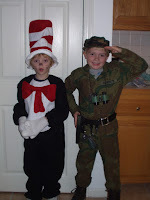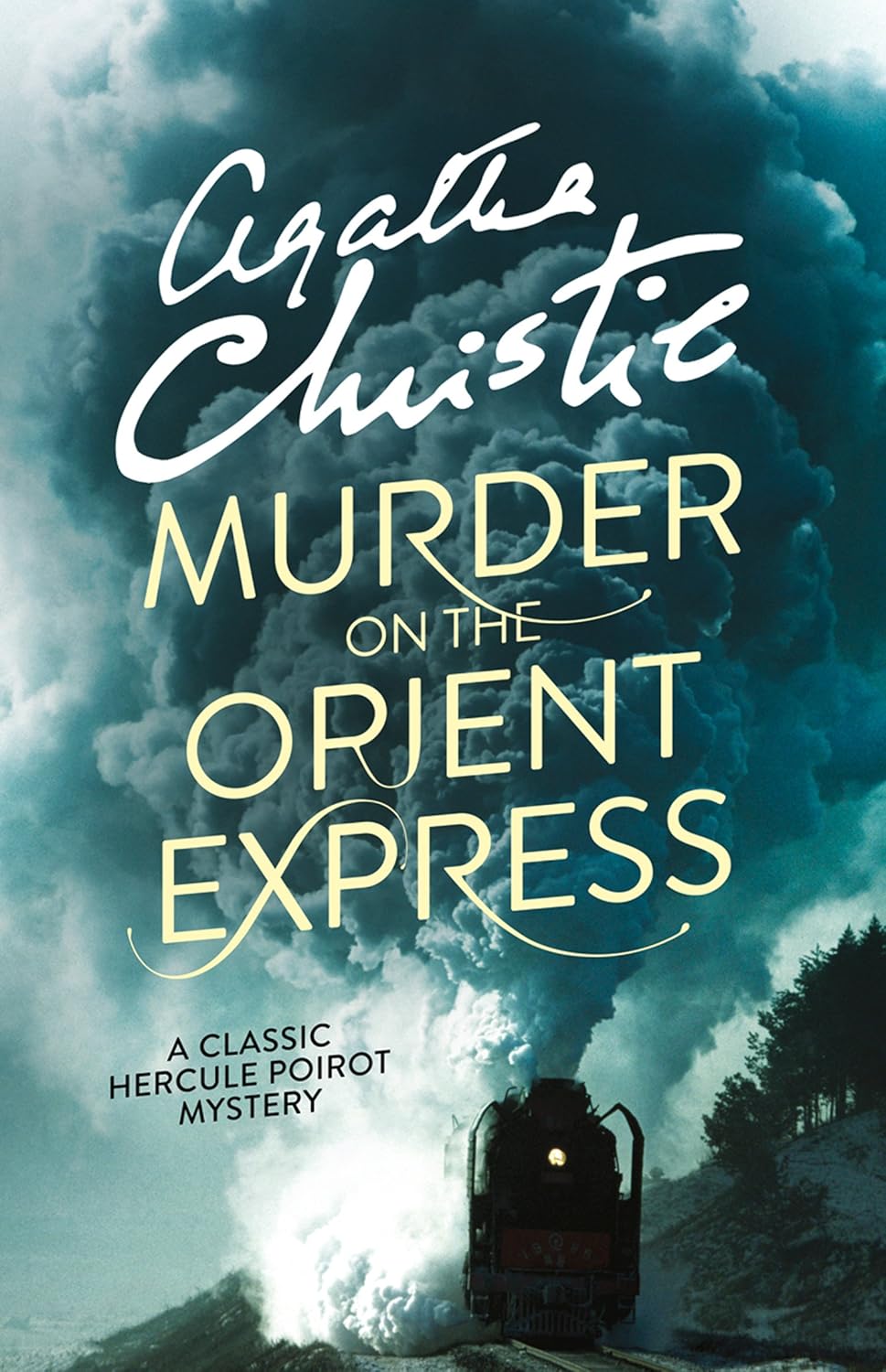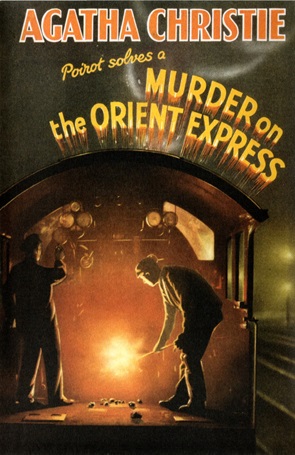Our culture celebrates accomplished people, especially accomplished creative artists. This means many celebrities have more of a "fish-bowl" kind of existence than a personal life and they often require a small army of helpers to meet all of their personal and professional obligations. These Assistants can start out as an artist's devoted fans or followers but their work and the trust of their employer gives them a view behind the curtain others don't get to see: they know the artist on and off stage, see the creative person as well as his/her public persona. Whether that is an advantage or disadvantage is explored in Lynn Cullen's novel, Twain's End.
 The book is a fictionalization of a real drama that occurred during the last year of Samuel Clemens's (aka Mark Twain's) life. Over the previous decade, the person who managed his correspondence and everyday responsibilities was a woman named Isabel Lyon. The writer relied on his secretary so much that Clemens had given her a house close his own and a bedroom in his estate, Stormfield. When Miss Lyon married the writer's business manager in 1909, Mr. Clemens attended their wedding but before the newlyweds returned from their honeymoon, Clemens had fired both of them, on grounds of embezzlement.
The book is a fictionalization of a real drama that occurred during the last year of Samuel Clemens's (aka Mark Twain's) life. Over the previous decade, the person who managed his correspondence and everyday responsibilities was a woman named Isabel Lyon. The writer relied on his secretary so much that Clemens had given her a house close his own and a bedroom in his estate, Stormfield. When Miss Lyon married the writer's business manager in 1909, Mr. Clemens attended their wedding but before the newlyweds returned from their honeymoon, Clemens had fired both of them, on grounds of embezzlement.
Now, this wouldn't have been more than a blip on the radar of Mark Twain scholars if the story had stopped there. Instead, Clemens then effectively sued his former secretary and forced her to return the house he had deeded to her years before. Still not content, he wrote to all their mutual friends, calling Isabel everything except a Child of God and turned more than four hundred pages of his mammoth autobiography (released in 2010) is a vicious attack on her character. Isabel Lyon Ashcroft denied the charges of theft but never said anything against her former employer, even after his death. Using Mark Twain's papers and Ms. Lyon's diaries, Lynn Cullen constructs a compelling account of the complex relationship between this celebrity and his assistant that shows what happens when the boundaries between personal and professional relationships crumble.
What happens to celebrated personalities once declining health limits access to their adoring public? If your guide is the biographies of Twain and Dickens, it seems that the drama and applause the performer craves must be re-created in their homes, either by their nearest and dearest (whose ties are to the real person rather than the performing alter-ego) or by assistants and hand-picked fans and unhealthy rivalries develop between the chosen. Ms. Cullen's novel suggests that something like this rivalry also occurred in life of Helen Keller, a Twain fan and celebrated personality herself. Miss Keller's teacher and constant companion, Annie Sullivan married a man who became attracted to her student and a unhealthy rivalry developed between the two woman as well as the husband and wife. In the end, Miss Sullivan's marriage broke from the stress of the twin rivalries.
What happens to celebrated personalities once declining health limits access to their adoring public? If your guide is the biographies of Twain and Dickens, it seems that the drama and applause the performer craves must be re-created in their homes, either by their nearest and dearest (whose ties are to the real person rather than the performing alter-ego) or by assistants and hand-picked fans and unhealthy rivalries develop between the chosen. Ms. Cullen's novel suggests that something like this rivalry also occurred in life of Helen Keller, a Twain fan and celebrated personality herself. Miss Keller's teacher and constant companion, Annie Sullivan married a man who became attracted to her student and a unhealthy rivalry developed between the two woman as well as the husband and wife. In the end, Miss Sullivan's marriage broke from the stress of the twin rivalries.
 |
| Lynn Cullen |
It is the rivalries that steer the tension in Twain's End, and the need of isolated souls that keeps the reader coming back for more. In the end, Miss Cullen's novel transforms the caricatures of famous celebrities back into the people they were before public personas smothered the nuance and subtlety of their human creators. Behind the performing mask that the public sees is a complex and often fearful human being and humanity can be very appealing. In the end, that humanity may be what keeps some assistants in orbit around their stars.
The novel, Twain's End, by Lynn Cullen will be released on October 13, 2015. I am very grateful to Net Galley for releasing a pre-publication copy to me for this review. LLG
The novel, Twain's End, by Lynn Cullen will be released on October 13, 2015. I am very grateful to Net Galley for releasing a pre-publication copy to me for this review. LLG








